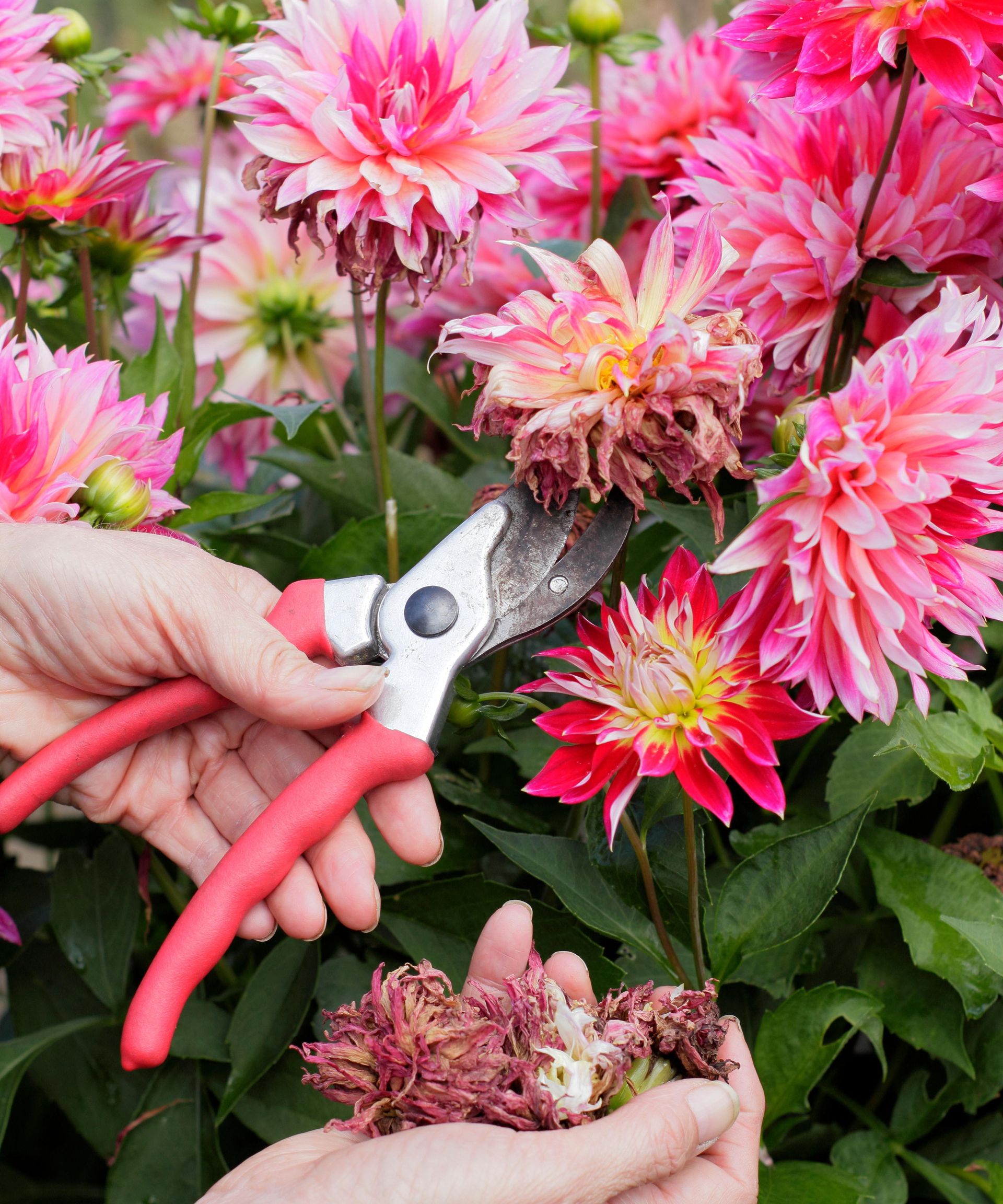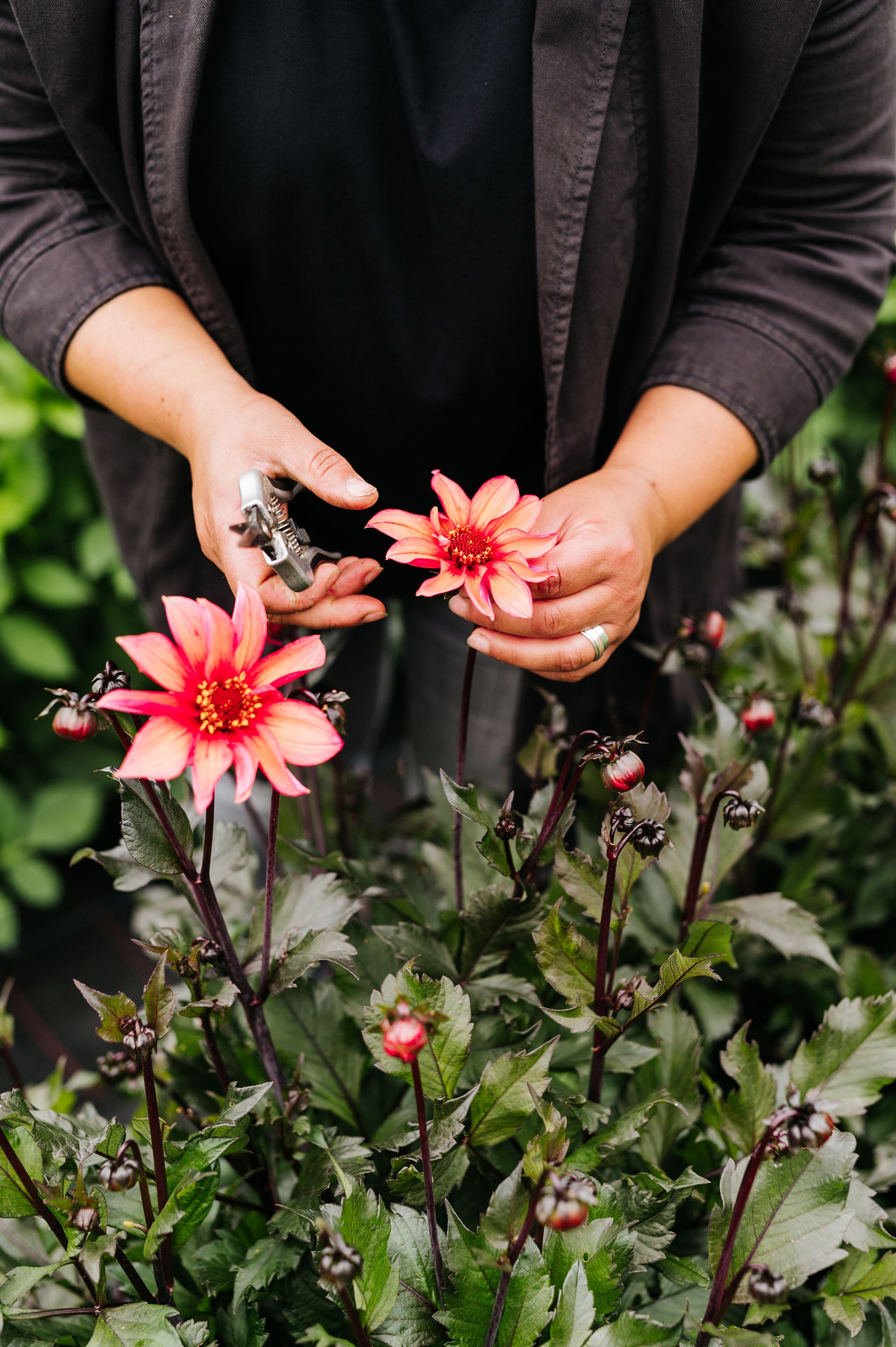The Art of Encouraging Repeat Blooms
Deadheading is a crucial aspect of dahlia care, and it’s essential to understand its significance in promoting repeat blooms and maintaining plant health. When dahlias are not deadheaded, they focus their energy on seed production, rather than producing new flowers. This can lead to a decrease in blooming, making the plant look leggy and unattractive. By removing spent blooms, gardeners can encourage their dahlias to produce more flowers, resulting in a vibrant display of color throughout the growing season. So, do dahlias need to be deadheaded? The answer is a resounding yes, and it’s a technique that can make all the difference in the health and appearance of these beautiful flowers.
What is Deadheading, and Why is it Crucial for Dahlias?
Deadheading is a simple yet effective technique that involves removing spent blooms from dahlia plants. This process is crucial for dahlias, as it encourages the plant to focus its energy on producing new flowers, rather than seed production. By deadheading dahlias, gardeners can enjoy a prolonged blooming season, with more vibrant and abundant flowers. The benefits of deadheading dahlias are numerous, including increased flower production, improved overall appearance, and a reduced risk of seed production. When dahlias are not deadheaded, they can become leggy and unattractive, with a decrease in blooming. So, do dahlias need to be deadheaded? The answer is a resounding yes, and it’s a technique that can make all the difference in the health and appearance of these beautiful flowers.
How to Deadhead Dahlias Like a Pro
To deadhead dahlias effectively, it’s essential to identify spent blooms correctly. Look for flowers that have wilted, turned brown, or dropped their petals. Using clean, sharp pruning shears or scissors, cut the stem just above a leaf node or a joint, making a clean cut at a 45-degree angle. This will help the plant heal quickly and reduce the risk of disease. Remove any weak or spindly growth, as this will encourage the plant to focus its energy on producing new flowers. After deadheading, provide your dahlias with adequate water and nutrients to support new growth and blooming. By following these simple steps, gardeners can enjoy a prolonged blooming season and keep their dahlias looking their best. Remember, do dahlias need to be deadheaded? Yes, and with these tips, you’ll be well on your way to becoming a deadheading pro!
The Consequences of Not Deadheading Dahlias
Failing to deadhead dahlias can have several negative consequences for the plant. One of the most significant effects is reduced blooming. When dahlias are allowed to produce seeds, they redirect their energy from flower production to seed production, resulting in fewer blooms. Additionally, seed production can lead to a decline in plant health, as the energy expended on seed production can weaken the plant. Without deadheading, dahlias may also become leggy and unattractive, with a decrease in overall appearance. Furthermore, not deadheading dahlias can lead to a shorter blooming season, as the plant’s energy is focused on seed production rather than producing new flowers. By neglecting to deadhead, gardeners may be wondering, do dahlias need to be deadheaded? The answer is clear: yes, to maintain the health and beauty of these stunning flowers. By incorporating deadheading into their dahlia care routine, gardeners can avoid these negative consequences and enjoy a longer, more vibrant blooming season.
Dahlia Varieties: Do They All Need Deadheading?
While deadheading is essential for most dahlia varieties, there are some exceptions and special considerations to keep in mind. For instance, some dahlia varieties, such as the ‘Bishop of Llandaff’ and ‘Kelvin Floodlight’, are bred to produce fewer seeds and may not require deadheading as frequently. However, it’s still important to remove spent blooms to maintain the plant’s appearance and encourage repeat blooming. On the other hand, some dahlia varieties, like the ‘Cafe au Lait‘ and ‘Honka’, are more prone to seed production and may require more frequent deadheading to promote continuous blooming. Additionally, some dwarf or compact dahlia varieties may not need deadheading as much, as they tend to produce fewer seeds and focus their energy on blooming. Ultimately, understanding the specific deadheading needs of your dahlia variety is crucial to maximizing its blooming potential. So, do dahlias need to be deadheaded? The answer is yes, but the frequency and technique may vary depending on the specific variety.
Common Mistakes to Avoid When Deadheading Dahlias
When it comes to deadheading dahlias, there are several common mistakes that gardeners should avoid to ensure the best results. One of the most frequent mistakes is cutting too much stem, which can weaken the plant and reduce its ability to produce new blooms. Another mistake is not removing enough spent blooms, allowing seeds to form and redirecting the plant’s energy away from blooming. Additionally, some gardeners may not deadhead regularly enough, allowing spent blooms to accumulate and reducing the overall appearance of the plant. Furthermore, using dull or dirty pruning tools can spread disease and cause damage to the plant. By being aware of these common mistakes, gardeners can avoid them and ensure that their dahlias receive the proper care they need to thrive. Remember, do dahlias need to be deadheaded? Yes, and doing it correctly is crucial for their success. By following proper deadheading techniques and avoiding common mistakes, gardeners can enjoy a longer, more vibrant blooming season.
Deadheading Dahlias: A Key to Prolonging the Blooming Season
One of the most significant benefits of deadheading dahlias is its ability to prolong the blooming season. By removing spent blooms, gardeners can encourage their dahlias to produce more flowers, extending the period of vibrant color and beauty in their gardens. This is especially important for dahlias, which are known for their showy blooms and ability to add drama and flair to any garden bed. By deadheading regularly, gardeners can enjoy a longer blooming season, often from mid-summer to early fall. This is because deadheading dahlias allows the plant to redirect its energy from seed production to flower production, resulting in more blooms and a longer period of flowering. So, do dahlias need to be deadheaded? Absolutely, if gardeners want to enjoy a longer, more vibrant blooming season. By incorporating deadheading into their dahlia care routine, gardeners can reap the rewards of more beautiful blooms and a more stunning garden display.
Conclusion: The Importance of Deadheading in Dahlia Care
In conclusion, deadheading is a crucial aspect of dahlia care that should not be overlooked. By removing spent blooms, gardeners can encourage their dahlias to produce more flowers, maintain plant health, and enjoy a longer blooming season. Remember, do dahlias need to be deadheaded? Yes, they do, and regular deadheading can make all the difference in the success of these beautiful flowers. By incorporating deadheading into their dahlia care routine, gardeners can reap the rewards of more vibrant blooms, improved plant appearance, and a longer period of flowering. Make deadheading a regular part of your dahlia care routine, and watch your plants thrive. With these simple yet effective techniques, gardeners can unlock the full potential of their dahlias and enjoy a stunning display of color and beauty in their gardens.






